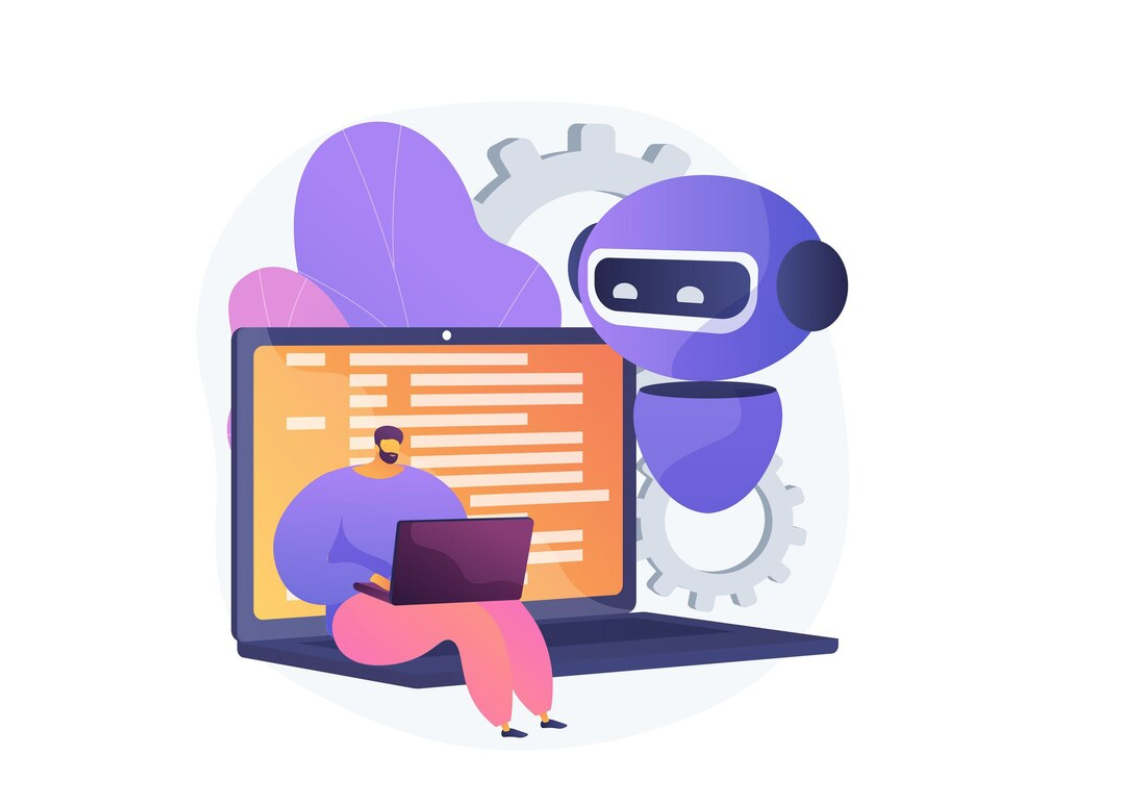Introduction
Artificial Intelligence (AI) and Machine Learning (ML) are raising the ante in the software industry. With the ability to analyze vast amounts of data, make predictions, and automate complex processes, they are causing atomic disruptions everyday.
They are evolving the approach of our developers, in the way they code, test, and deploy software leading to more efficient, effective, and innovative software solutions. From chatbots and virtual assistants to predictive analytics and fraud detection, AI and ML are fomenting numerous tools to make our lives much easier.
Trends of AI and ML in Software Development
- Increase of use of Low-Code/No-Code Platforms: These types of platforms allow developers to work without writing code, using virtual interfaces and pre-built components. Combining AI with these, our developers complete tasks with much more speed
- Better Code Generation: AI and ML have the ability to generate code automatically, making the process faster and more efficient. The code is error-free and of high quality, meeting industry standards. Additionally, Natural Language Processing or NLP-powered chatbots are offering quick answers to coding quandaries.
- Predictive Analytics: This technology uses data, ML and statistical algorithms to predict future events. AI software developers are using it to make informed decisions about the development process, such as predicting the impact of a code change or identifying a potential performance issue before it surfaces.
- Improving Software Testing and Deployment: Automation is a key driver of efficiency in software delivery, and AI is taking it to the next level. AI-powered test automation systems are able to adapt to changes in codebases and can intelligently prioritize test cases.
- Increased Adoption of DevOps: DevOps is a set of practices that combine the realms of software development and IT operations, to improve delivery speed and quality. AI is automating these tasks, further encouraging their adoption, and improving on their theorized promises.
Trends of AI and ML in Software Development
- Increase of use of Low-Code/No-Code Platforms: These types of platforms allow developers to work without writing code, using virtual interfaces and pre-built components. Combing AI with these, our developers complete tasks with much more speed
- Better Code Generation: AI and ML have the ability to generate code automatically, making the process faster and more efficient. The code is error-free and of high quality, meeting industry standards. Additionally, Natural Language Processing or NLP-powered chatbots are offering quick answers to coding quandaries.
- Predictive Analytics: This technology uses data, ML and statistical algorithms to predict future events. AI software developers are using it to make informed decisions about the development process, such as predicting the impact of a code change or identifying a potential performance issue before it surfaces.
- Improving Software Testing and Deployment: Automation is a key driver of efficiency in software delivery, and AI is taking it to the next level. AI-powered test automation systems are able to adapt to changes in codebases and can intelligently prioritize test cases.
- Increased Adoption of DevOps: DevOps is a set of practices that combine the realms of software development and IT operations, to improve delivery speed and quality. AI is automating these tasks, further encouraging their adoption, and improving on their theorized promises.
Final Words
As the field of AI continues to evolve, it will definitely impact the software development industry. Scarily, AI will replace much of our workforce, including jobs that require years of experience and education.
And as was witnessed in the past, automation did replace much of the manual work in the manufacturing sector and consequently many people lost their jobs. But the adoption of these technologies, also represents new opportunities to learn and upskill for emerging AI roles. In such a situation, it may be better to think of AI as an elegant tool for working efficiently, and one with which one can assist their creativity and solve big problems.
